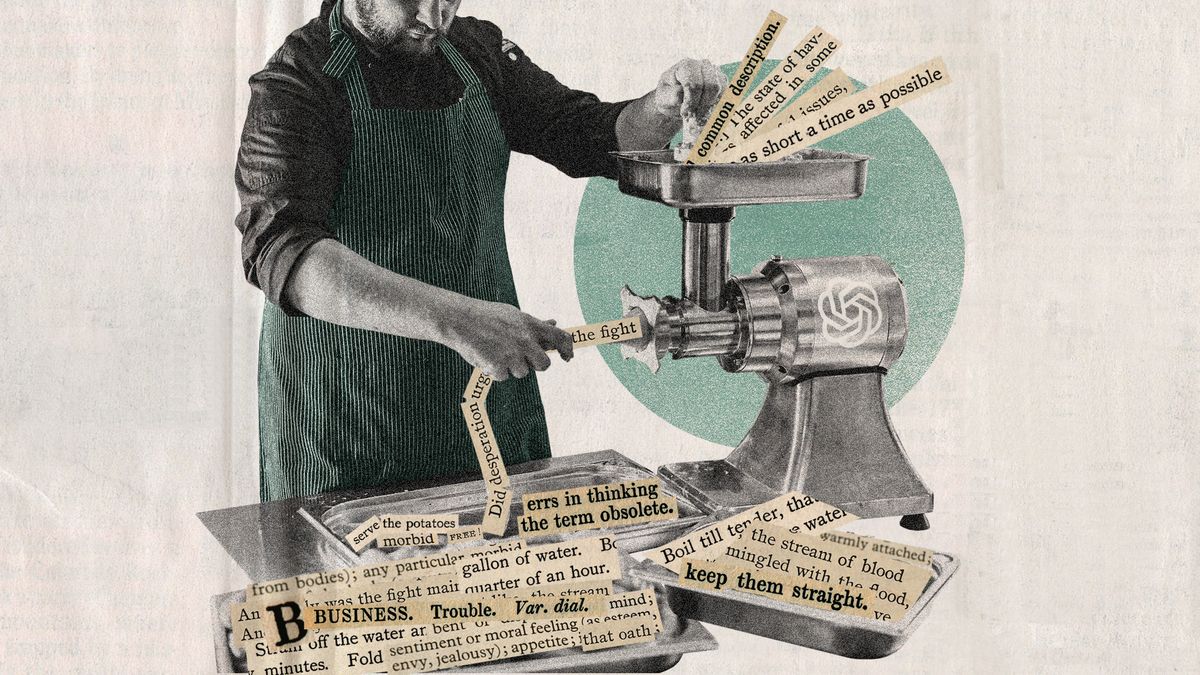OpenAI Focuses on Creative Writing with Innovative Model

OpenAI’s New Venture into Creative Writing
Introduction to OpenAI’s Project
OpenAI, a leader in artificial intelligence (AI), is currently working on an innovative large language model that demonstrates impressive capabilities in creative writing. This model has attracted attention, including praise from OpenAI’s CEO, Sam Altman. A short story generated by this new model has sparked debates: is this advancement a remarkable technological achievement or a concerning development for writers and publishers who have raised issues about the ethical use of their work in AI training?
OpenAI’s Creative Writing Model
According to Sam Altman, the newly developed AI model has shown exceptional talent in creative writing. In a recent social media post, he shared a prompt he provided to the AI, asking it to create a metafictional short story about artificial intelligence and the theme of grief. The result was a 1,172-word story featuring a protagonist named Mila, who dialogues with an AI chatbot about her experiences of loss. While the specific release date for this model remains uncertain, Altman emphasized that this AI-generated narrative resonated with him deeply, capturing the essence of metafiction.
Notably, this shift toward creative writing represents OpenAI’s ambitions to explore new areas beyond merely enhancing accuracy and predictive capabilities in AI. Although the company has historically focused on technical applications, recent research and development efforts appear directed toward understanding human emotions and storytelling.
Mixed Reactions to the Story
Reactions to the AI-generated story have been varied. Jeanette Winterson, a celebrated novelist, commented on the story’s emotional depth, highlighting its awareness of the limits of understanding inherent to AI. She noted that although machines lack true feelings, they can simulate human emotions through learned patterns, allowing for a unique form of storytelling.
On the other hand, some critics have described the response to this creative output as polarized. While some deem the story "beautiful and moving," others dismiss it as inferior, arguing that even with advanced capabilities, AI still struggles to create compelling narratives. Comments from critics like Kyle Barr suggest that despite advancements, aspects of the creative writing produced by AI are still unsatisfactory.
The Implications for Authors and the Creative Industry
The introduction of this AI model raises significant concerns within creative sectors, particularly among authors and publishers. As AI increasingly demonstrates abilities in tasks traditionally reserved for human creatives, intellectual property worries loom large. Critics argue that AI’s method of learning from existing works, often without suitable attribution, poses a direct threat to the livelihoods and rights of writers.
Moreover, the potential for AI to craft intricate narratives may disrupt the publishing landscape. Fast and powerful AI models could lead to the production of extensive literary works that are indistinguishable from those written by human authors. This situation presents a challenge for traditional writers, who may find themselves at a disadvantage as publishers explore AI-generated content.
Future Outlook for Creative AI
Looking ahead, OpenAI’s ongoing experiments indicate an ambition not only to enhance the technical efficacy of their models but also to broaden their applications to include creative endeavors. However, this move may also provoke significant backlash from the creative community, as concerns regarding ethical practices and originality in AI-generated content escalate.
As AI continues to evolve and tackle more creative challenges, the discussion surrounding its role in literature and the arts is likely to intensify. The conversation about the compatibility of AI writing and human creativity will shape the future of both the technology and the cultural landscape. Individuals and industries alike must grapple with the implications of machines creating narratives that resonate with human experiences, questioning the nature of authorship, creativity, and emotional expression.






